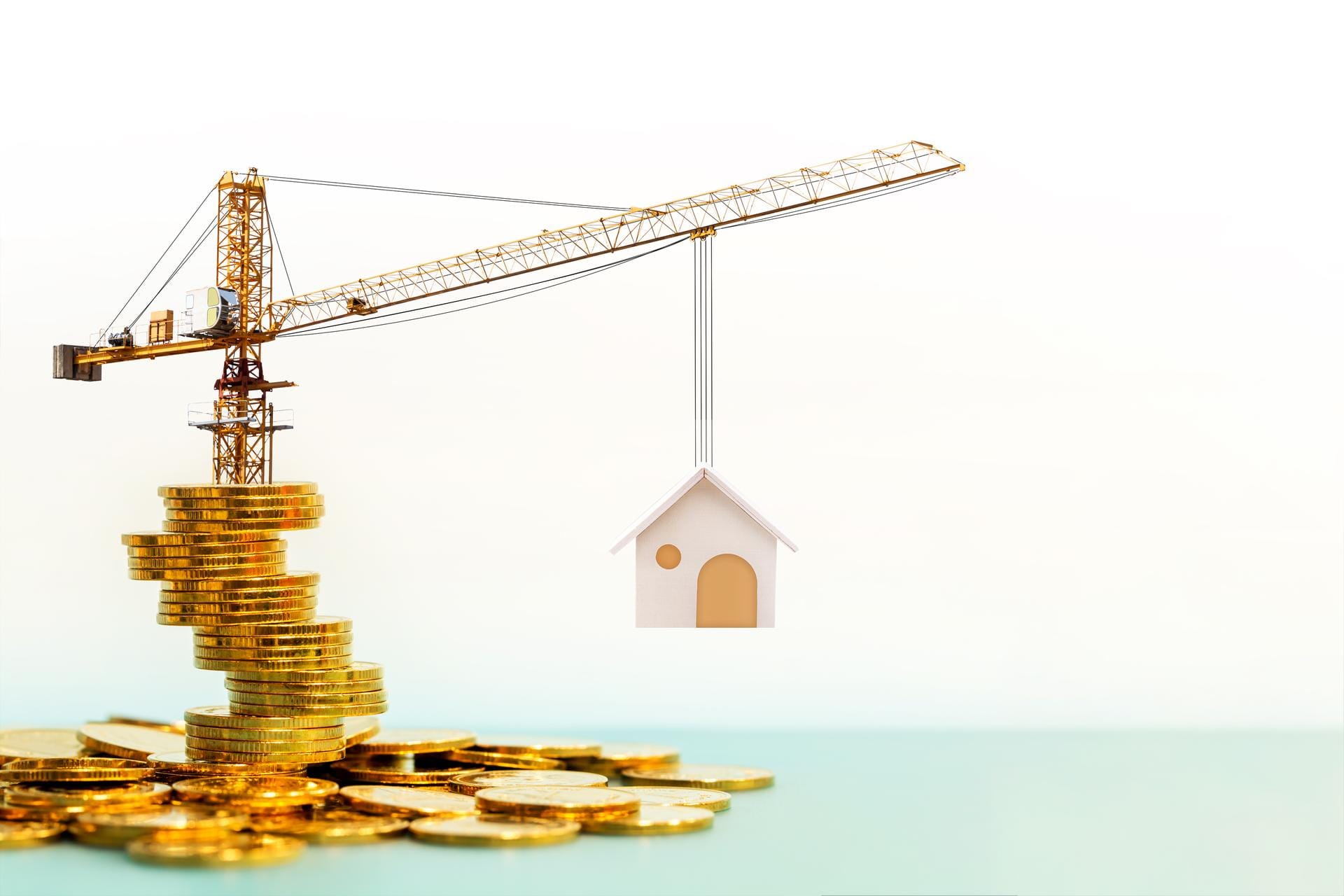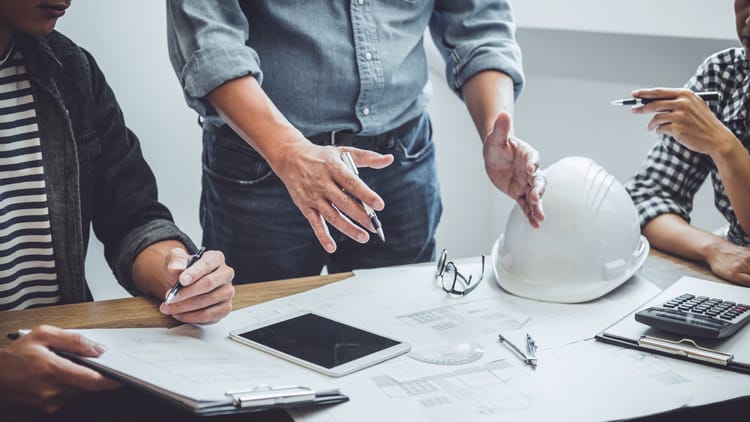Economic slowdown ahead: What it means for construction

Experts are forecasting a "soft patch" for the economy in Q4, with natural disasters in the South causing major disruptions. While recovery is on the horizon, the hardest-hit areas will face long-term rebuilding. We dive into how this will affect construction investment, from industrial projects to infrastructure and housing. Plus, check out the latest innovations in 3D-printed building materials that could change the game.
Know someone who would find this interesting? Forward this and have them sign up here.
Here's a peek at today's issue:
// Investment in PP&E remains low
// 40% of Americans plan to vote early this election
// Section 503: Supporting workers with mental health
// New initiative from AHA targets construction workers

What we're reading: Nate Silver's latest book, "On the Edge: The Art of Risking Everything," which dives deep into the minds of powerful people who take huge gambles in business, collecting and more.
What we're listening to: This Spotify playlist, spanning Bowie to Bach, curated by Autodesk's Construction Champions — 25 individuals recognized for their contributions to the industry.
Plus: Nominations for the AIA Small Project Award are open!


Future focus: Economic “soft patch” forecast
Experts at The Conference Board foresee an economic softening ahead in the final quarter, thanks to the back-to-back natural disasters that buffeted southern states, destroying huge swaths of the built environment and creating major disruptions to productivity and supply chains — on top of the tragic loss of life.
Overall, economic conditions will firm up as recovery and rebuilding gain momentum, though the rebound for the hardest-hit communities will take months or years. Anticipated additional interest rate cuts and inflation stabilization will also contribute to the strengthening. “Still, tepid momentum heading into the start of 2025 may result in a 1.7 percent year-over-year growth rate for the U.S. economy in 2025. This rate would be below the potential rate of growth (2.1 percent) projected by the Congressional Budget Office for 2025,” states the October 11 report.
Why it matters: Investment in PP&E is expected to remain anemic except for the industrial sector. “Policies encouraging infrastructure improvement and onshoring of supply chains are bolstering manufacturing facility construction and road, ports, and bridge repairs, but not much investment in other nonresidential structures,” the report's authors note. There also may be some upside for homebuilders, thanks to lower interest rates luring buyers back into the market. (The Conference Board)

>> World's first 3D-printed hotel underway in Texas
>> AHA initiative targets construction workers
>> Denver building facade features an open-air "canyon"
>> Utah city tries to dictate order of construction
>> White House announces lead poisoning prevention week

Building Blocks: 3D glass bricks could change industry
MIT engineers have developed a 3D-printed reconfigurable masonry of recyclable glass shaped like figure eights. Built to interlock like your favorite childhood plastic bricks, they are versatile and easy to assemble. "At the end of a structure’s life [they] can be disassembled and reassembled into a new structure, or can be stuck back into the printer and turned into a completely different shape," MIT assistant professor and product co-developer Kaitlyn Becker told Interesting Engineering.
Why it matters: Materials like this support the industry's efforts at reducing waste and environmental impacts. "All this builds into our idea of a sustainable, circular building material,” Becker added. (Interesting Engineering)

Site Safety: New NIOSH tool kit released
NIOSH recently released a new resource to boost crew health and safety using prevention through design (PtD), the practice of designing work and processes to reduce hazards and mitigate risk. The agency's Prevention through Design Toolkit for the Construction Industry includes tactics to prevent or limit struck-by incidents, falls and other hazards in residential, commercial and highway construction. (Safety & Health)

Polling: 40% of Americans plan to vote early
In a late-September Gallup poll, at least 40% of registered voters indicated their intentions to vote early. The final percentage, according to pollsters, could be 50% or higher. Slightly more than half (51%) of voters 65 and older plan to cast their ballots ahead of Election Day (November 5), compared to 41% of 50- to 64-year-olds and 34% of those under 50.
Why it matters: Cristina Tzintzún Ramirez, president of NexGen America, told ABC News that early voting allows voters to "make sure they are able to miss lines or able to adjust their schedules, especially for people that are students or working families." (Gallup)

Mental health matters: Section 503 compliance
Section 503 of the Rehabilitation Act requires employers to provide equal employment opportunities for workers with mental health conditions. Representatives from the Office of Federal Contractor Compliance and the Office of Disability Employment Policy explain the requirements and sharing practices for supporting workers with mental health conditions and creating an inclusive and welcoming worksite.
Why it matters: Recent research from the National Alliance on Mental Illness shows that one-third of American workers experience lower productivity because of their mental health and 36% say work demands harm their mental health. Additionally, 20 to 34% have considered quitting because their jobs' negatively impact their mental health.
(US Department of Labor)
Thanks for reading today's edition! You can reach the newsletter team at thelevel@mynewsletters.co. We enjoy hearing from you.
Interested in advertising? Email us at newslettersales@mvfglobal.com
Was this email forwarded to you? Sign up here to get this newsletter every week.
The Level is curated and written by Margot Lester and edited by Katie Parsons.





